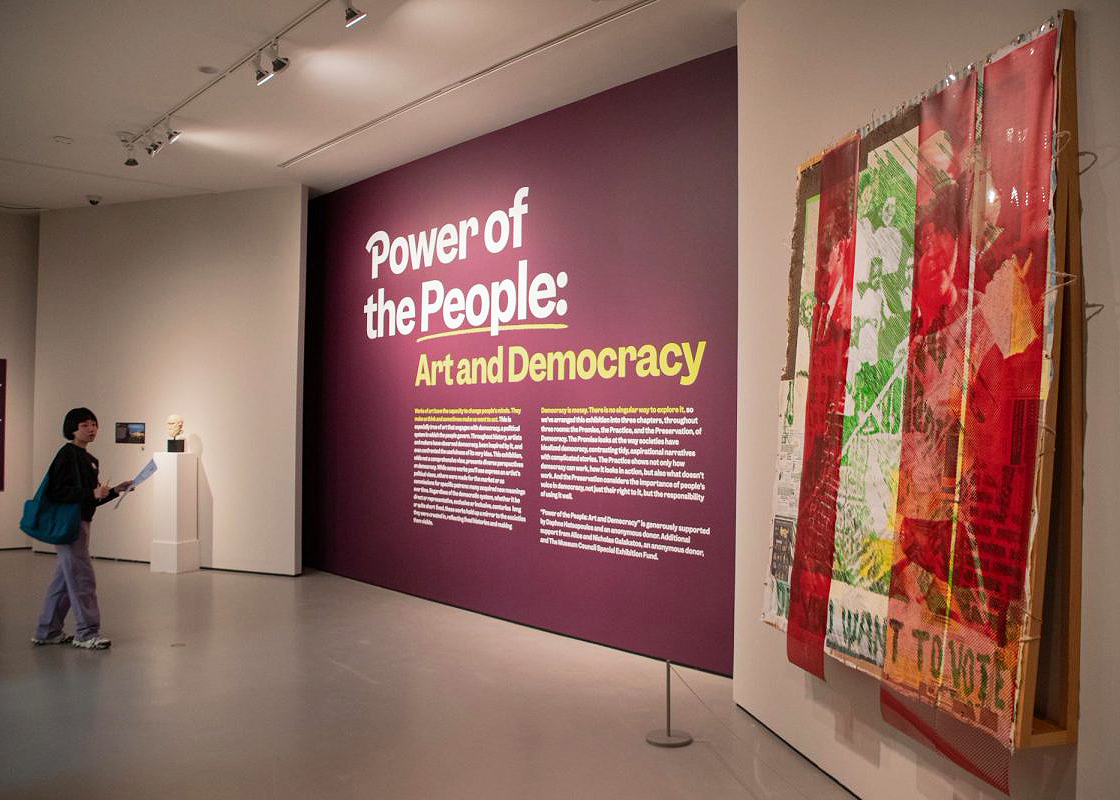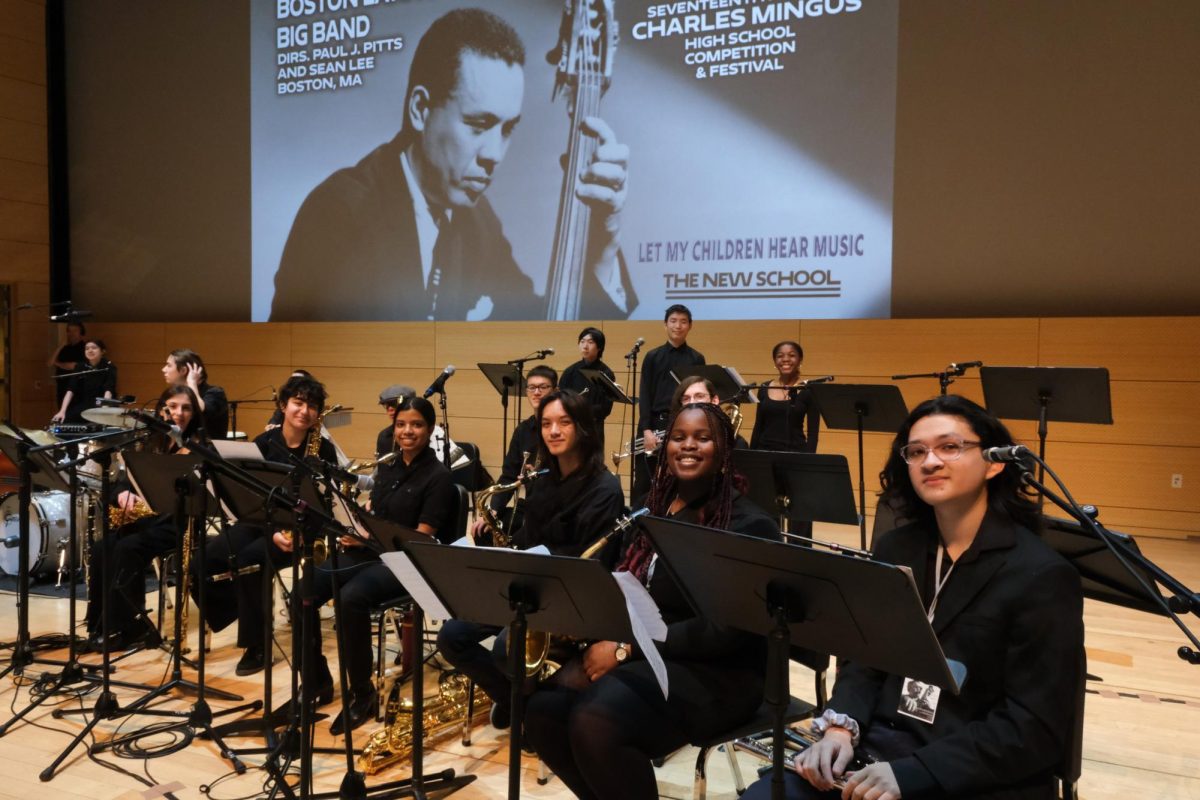The story of democracy isn’t only written in history textbooks; it’s etched into paintings, murals and statues that have captured and challenged the notions of freedom, power and resistance throughout time.
From October 26 to February 16, the Museum of Fine Arts (MFA) invites visitors to explore how these powerful themes are reflected through art in their Power of the People: Art and Democracy exhibit. Included with general admission, which is 10 dollars for youths ages 7 to 17 and 27 dollars for adults, the exhibit features 180 artworks spanning from ancient civilizations to modern movements. The pieces are organized into three sections: The Promise, The Practice and The Preservation. According to the MFA website, the goal of the exhibition is for visitors to “compare past to present and reflect on how certain democratic struggles and concepts have echoed through the ages.”
The Promise of Democracy introduces viewers to the origins and aspirations of democracy, encouraging them to reflect on the gaps between its ideals and realities. One highlighted artwork is a liberty cap, also known as a pileus, worn by emancipated slaves as a symbol of their newfound freedom. Conflated with the Phrygian cap, it became a powerful emblem during the French Revolution and continues to appear on the seal of the U.S. Senate. Another standout piece is a modern rendition of the Triumphal Arch of Maximilian, which reimagines a historical monument by celebrating the events and contributions of Black, Indigenous and people of color, offering a fresh perspective on democracy’s evolving narrative.
The Practice of Democracy explores the various ways citizens engage with government, from voting and public service, to the challenges faced by marginalized groups in accessing these very things. Boston Latin School graphic arts teacher Ms. Elizabeth Walshak remarks, “[Museums have the power] to educate the public about colonialism and historical injustices,” helping visitors grapple with the often uncomfortable truths that continue to influence democratic participation today. One of the artworks featured in this room is a photograph of empty jury chairs, which raises important questions about inclusivity and representation in the U.S. justice system. The absence of individuals in these chairs speaks to the historical and present-day barriers certain communities face that prevent full participation in democratic processes.
The third section of this exhibit, The Preservation of Democracy, focuses on the power of activism and significant events within living memory, examining how democracy has been preserved and challenged through protest and civil action. The room features works that address pivotal moments such as the Vietnam War, the Civil Rights Movement and the ongoing struggle for freedom of the press.
The MFA’s immersive experience encourages visitors to reflect on democracy’s complexities through a variety of art forms. Phoebe Segal, Mary Bryce Comstock Senior Curator of Greek and Roman Art at the MFA, says, “Artists and the works they create invite us to evaluate what’s working and what isn’t working in our democracy. Their voices have been crucial for advancing democracy’s cause through the ages.”
The exhibit connects historical events like the French Revolution and the Civil Rights Movement with contemporary issues, such as voting rights, justice, equality and freedom of the press. These are particularly relevant today in the midst of a fiery political climate in the U.S. as many begin to ponder what democracy will look like in the future. The MFA’s The Power of the People: Art and Democracy exhibit explores democracy’s evolving challenges, displaying a strong resemblance between past and present struggles for liberty, equality and representation. For anyone looking to broaden their knowledge on the evolution of democracy and its strengths and vulnerabilities, this exhibit is a great place to explore!







